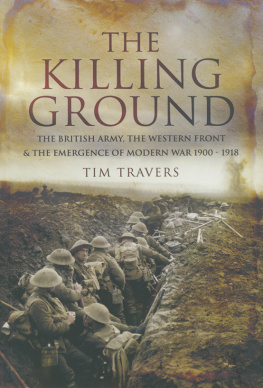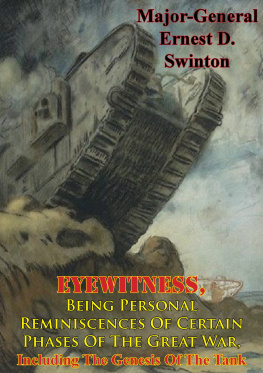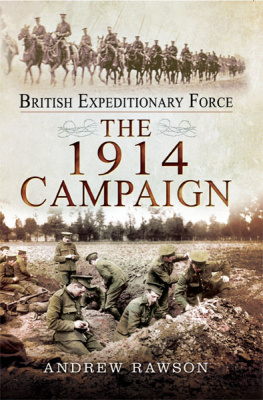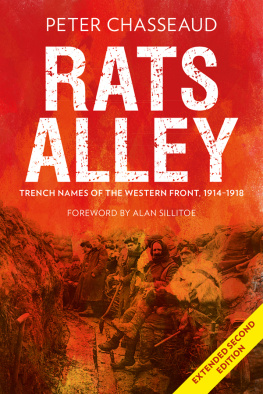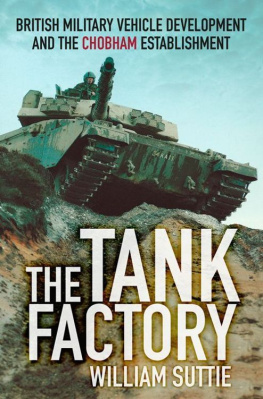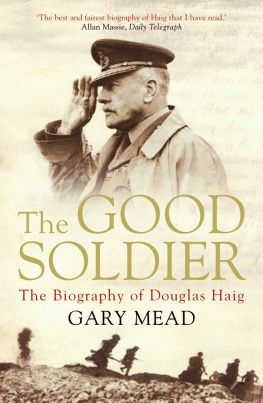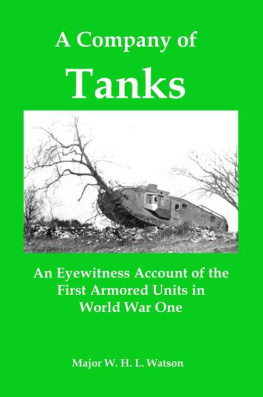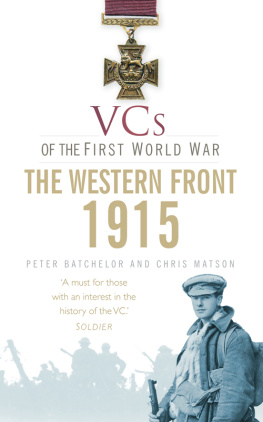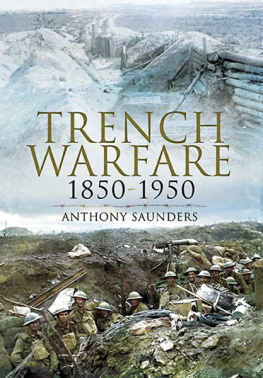This edition is published by PICKLE PARTNERS PUBLISHINGwww.picklepartnerspublishing.com
To join our mailing list for new titles or for issues with our books picklepublishing@gmail.com
Or on Facebook
Text originally published in 1993 under the same title.
Pickle Partners Publishing 2015, all rights reserved. No part of this publication may be reproduced, stored in a retrieval system or transmitted by any means, electrical, mechanical or otherwise without the written permission of the copyright holder.
Publishers Note
Although in most cases we have retained the Authors original spelling and grammar to authentically reproduce the work of the Author and the original intent of such material, some additional notes and clarifications have been added for the modern readers benefit.
We have also made every effort to include all maps and illustrations of the original edition the limitations of formatting do not allow of including larger maps, we will upload as many of these maps as possible.
OVERCOMING THE BATTLEFIELD STALEMATE: The Introduction Of Armored Fighting Vehicles And Tactics In The British Army During The First World War
by
DAVID P. CAVALERI
ACKNOWLEDGEMENTS
The writer expresses his sincere appreciation to his advisor and thesis supervisor, Dr. Jonathan Sperber, for his guidance and support. His counsel and constructive criticism were of significant help in preparing and presenting this study.
The maps which appear at the conclusion of the text are taken from the Atlas For The Great War , edited by Thomas E. Griess (part of the West Point Military History Series,) published by Avery Publishing Group, Inc., Garden City Park, NY., 11040. Reprinted by permission.
The writer also wishes to express his gratitude to his wife Kathleen and their children, without whose support and motivation this finished product would not have been possible.
CHAPTER IINTRODUCTION
From a mockery the tanks have become a terrible weapon. Armoured they come rolling on in long lines, more than anything else [they] embody for us the horror of war.Erich Maria Remarque, All Quiet On The Western Front
The introduction of armored mechanized fighting vehicles by the British Army in 1916 signalled a transition in land warfare tactics. Prior to the employment of armored infantry support vehicles during the Battle of the Somme in late summer 1916, a soldiers ability to maneuver on the World War I battlefield was limited by a number of factors. These included the trafficability of terrain, the extent of camouflage and protective cover, the distance between starting point and objective, the complexity of obstacles, and the severity of enemy opposition. By the end of 1914 any possibility of large-scale maneuver had succumbed to the battlefield stalemate, the maneuver deadlock resulting from the effective use of the Vickers-Maxim machine gun, the creative emplacement of barbed-wire/trench obstacles, and the increasingly accurate employment of high-explosive artillery fire. {1}
British and German military commanders during W.W. I were faced with similar maneuver constraints, yet each group of officers addressed those constraints differently. The Germans continued to rely on conventional methods and chose not to incorporate techniques or equipment associated with mechanized warfare. The British relied initially on artillery barrages and then introduced a mechanized infantry support vehicle in the effort to break the battlefield stalemate.
The purpose of this study is to investigate the development of mechanized warfare equipment and tactics introduced by the British Army in response to the battlefield stalemate. The author intends for this study to provide the academic community with a synthesis of sources and secondary works associated with the introduction of the tank and with subsequent changes in land-based tactical operations.
The author also has a personal reason for conducting this study. B.H. Liddell Hart, recognized as a significant contributor to the collection of military history, commented on the tendency to focus on ones subject to the exclusion of general information. In his Strategy Of Indirect Approach he cautioned:
If a broad survey [of war] is an essential foundation for any theory of war, it is equally necessary for the ordinary military student who seeks to develop his own outlook and judgement. Otherwise, his knowledge of war will be like an inverted pyramid balanced on a slender apex. {2}
This study serves the author not only as an attempt at an academic contribution, but also as his personal effort to avoid crashing pyramids.
The literature which exists on the topic of military operations during World War I is varied in approach, but the sources generally recount particular events or series of operations as opposed to an in-depth analysis of equipment or doctrine development. This synthesis makes use of accounts which address the topics of trench warfare and of mechanized warfare development. The final outcome of this study will be a focused analysis of a significant transition in land warfare practices which carried over into the interwar years and World War II.
Ernest D. Swintons Eyewitness: Being Personal Reminiscences Of Certain Phases Of The Great War. Including The Genesis Of The Tank provides details concerning the early stages of armored fighting vehicle development. J.F.C. Fullers Memoirs Of An Unconventional Soldier continues the story of mechanized doctrine development where Swinton left off and includes accounts of the successful British tank operations in the 1917 Battle of Cambrai. Sir Douglas Haigs Despatches. December 1915-April 1919 provides valuable insight into the British Expeditionary Force commanders strategic perspective. The remainder of the sources cited in this study contribute first-hand accounts of trench warfare practices, battlefield command decisions, and doctrine development.
Charles Carringtons A Subalterns War , Lieutenant Colonel C. a C. Repingtons The First World War , and General Erwin Rommels Attacks recount trench warfare experiences from the participants perspective. Certain aspects of the British command decision process are revealed The Private Papers Of Douglas Haig 1914-1915 . Similar information on the German command climate is discussed in General Erich von Ludendorffs My War Memories: Aug 1914-Nov 1918 . The subject of doctrine development is addressed in the works of Swinton and Fuller, along with that of B.H. Liddell Hart in his Memoirs .


